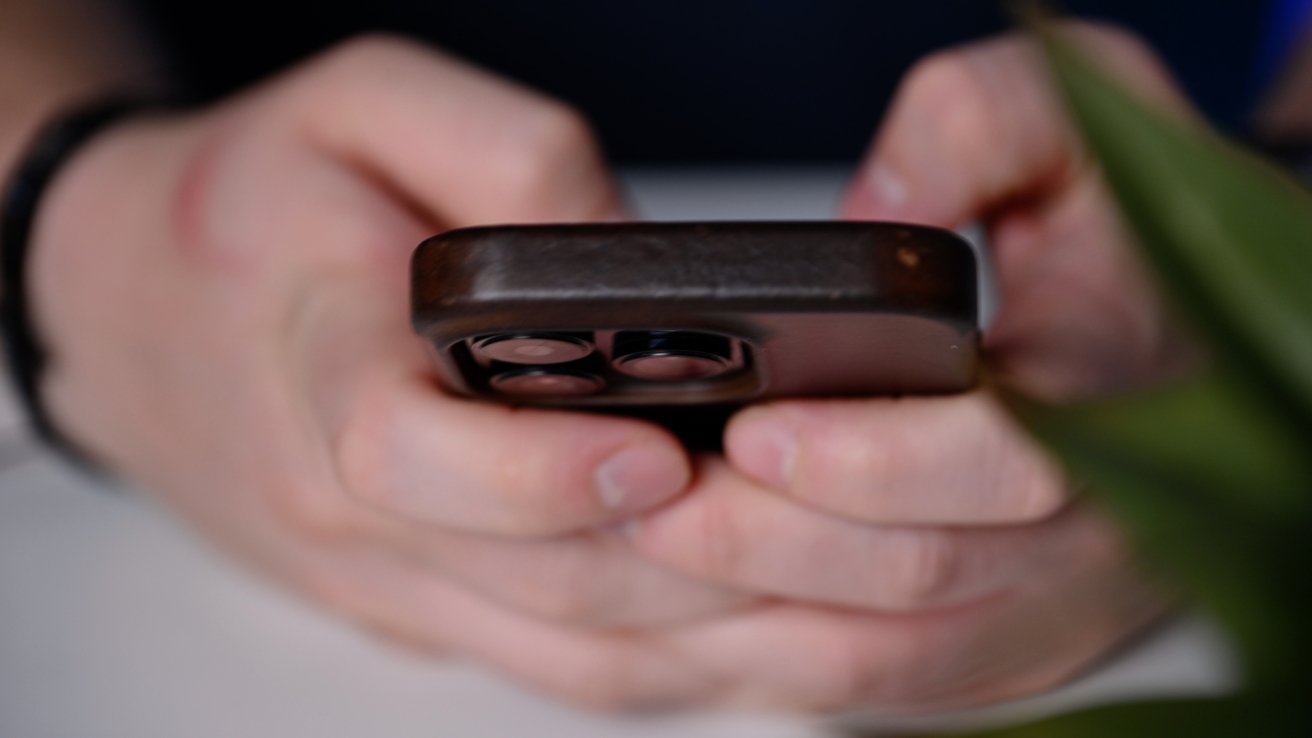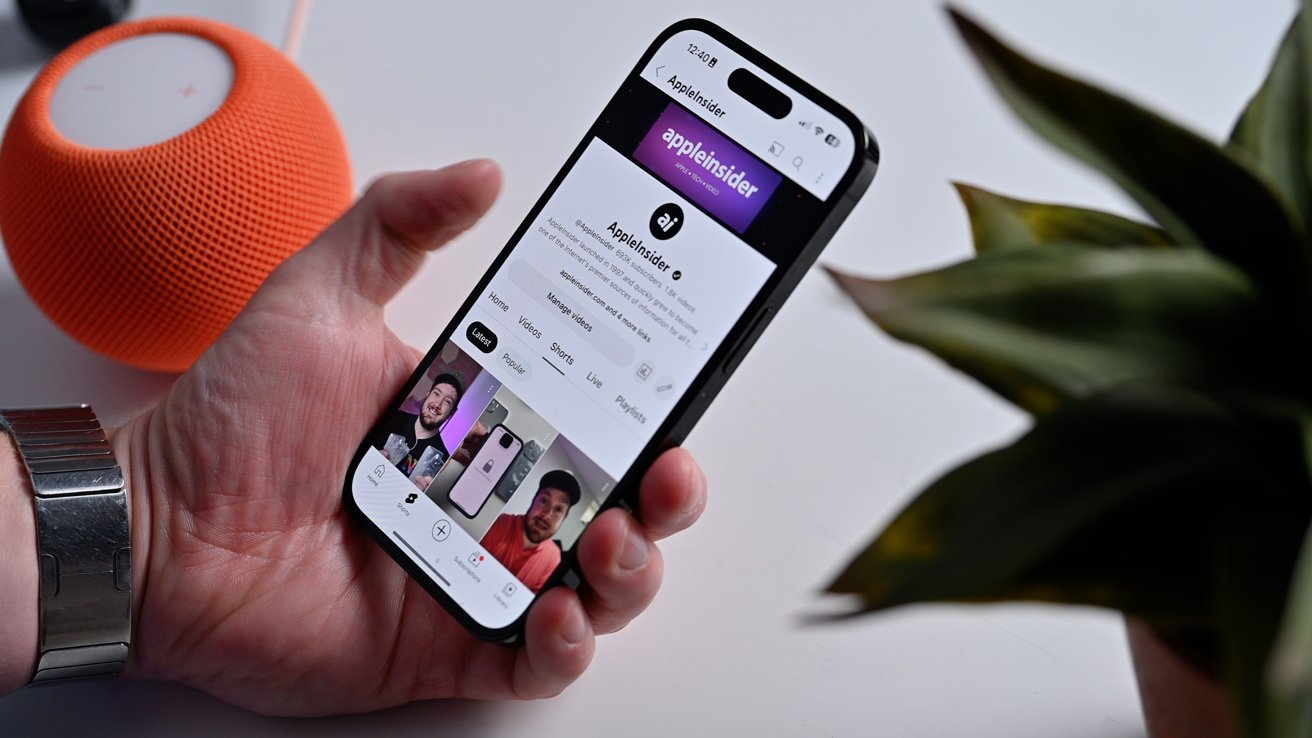Apple is expected to upgrade the iPhone 15 Pro models to Wi-Fi 6E thanks to the new A17 processor, so here’s what you need to know about the standard and why you should care.
Wi-Fi 6E isn’t new to Apple products, but it hasn’t found its way into iPhones yet. The standard is relatively new, and many users may not get much benefit from it just yet, but we’ve laid out why it’s important even with Wi-Fi 7 on the horizon.
The standard arrived in homes via routers starting in 2021 from companies like Linksys and TP-Link. Apple didn’t begin supporting Wi-Fi 6E until the M2 processor arrived in June 2022, which is used in current Macs and iPads.
The iPhone 15 Pro and iPhone 15 Pro Max (or iPhone 15 Ultra) will use Apple’s next-generation A17 processor, which is built on the same process as M2. That means these devices will support Wi-Fi 6E.
Those who purchase iPhone 15 or iPhone 15 Plus will not get access to Wi-Fi 6E since they will use the A16 processor.
What is Wi-Fi 6E?
Routers rely on different bands to provide network connection over a Wi-Fi network. Wi-Fi 6 offered the 2.4GHz band and 5GHz band while Wi-Fi 6E expands on that with a new 6GHz band.
Channels up to 160MHz are also available with Wi-Fi 6E, which are useful for streaming content or VR.
New bands and channel bandwidth mean less congestion on the same network. In environments with many devices, Wi-Fi 6E provides up to 56 new channels and less interference.
Current Apple products with Wi-Fi 6E
Only products with the M2-generation processor has Wi-Fi 6E:
There are many non-Apple products with Wi-Fi 6E — mostly Windows PCs and Android smartphones. Current game consoles missed the boat on this flavor of Wi-Fi.
Wi-Fi 6E is still an edge case
Owning a Wi-Fi 6E product isn’t enough, of course, you’ll have had to buy into the standard via a new router. Since most people don’t purchase a new router every time a new standard arrives (if ever) it is unlikely that most will benefit from this new standard right away.
There’s a solid possibility that many people haven’t even moved past Wi-Fi 5, previously known as 802.11ac. New routers or mesh networks can easily cost hundreds of dollars, though if you’re reading this article, you’re likely one of the few ready to take the plunge.
However, Wi-Fi 6E can’t guarantee faster speeds just because of device support and a new router. The new, faster 6GHz speed only works when the device is close by and isn’t cut off by walls or other obstacles.
In some cases, especially when discussing a desktop Mac, wired is still the better solution. If your router is placed in a convenient spot in your home, it could mean better speeds, but not always.
What about Wi-Fi 7?
Wi-Fi standards are updated on a regular basis, but it’s best not to worry too much. Apple doesn’t usually stay on the cutting edge of wireless standards, and available products at the forefront tend to be very expensive.
So, AppleInsider‘s advice remains as stalwart as ever — buy what you need when you need it. Don’t wait on some mysterious, rumored future product when the current one is likely already overkill for your needs.
Rumors suggest Wi-Fi 7 could arrive in an iPhone 16 Pro in 2024, but that isn’t yet clear. Even so, Wi-Fi 7 routers have only just entered the market and run at an incredible premium.
This story originally appeared on Appleinsider




